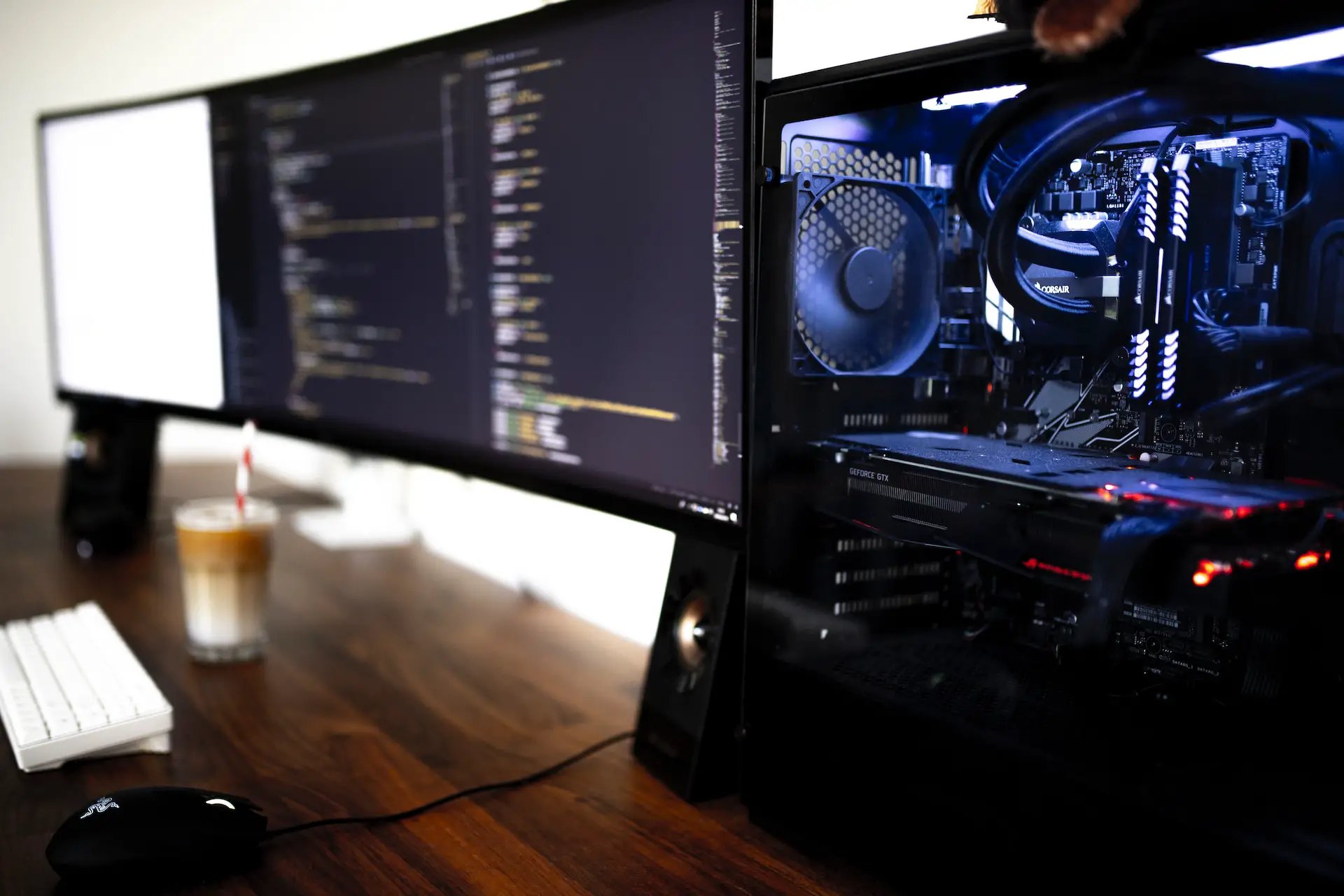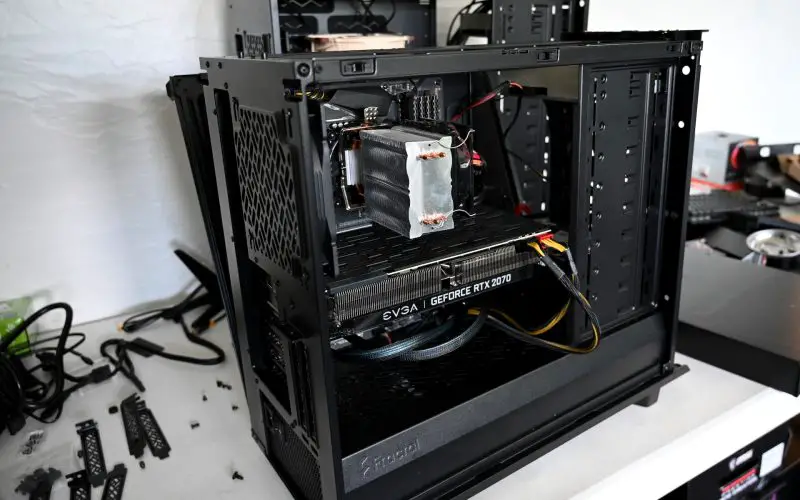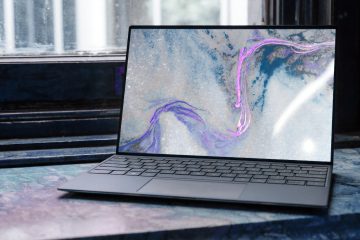Owning a great PC is a dream come true for many people. Some want a machine that handles high-resolution games and shows crisp HD movies. Others need a powerful device for 3D modeling and graphic design. Whatever their needs, stationary computers offer plenty of options for everybody.
Most users buy pre-built machines to save time on assembly. But there’s an avid community of people who prefer building PCs with their own hands. There are several benefits and drawbacks that help you decide if this is the right option for you.
Pros of Building A PC
Cost-Efficiency
Building a computer yourself is a real money-saver. One can make a modest general-use machine for around $300. This is a perfect budget for collegegoers. They will have plenty of cash left for a “research paper writing service” or the movies. Such machines are sufficient for daily work on the internet.
If you want a more powerful build, it will cost you more. Those who enjoy watching movies and playing video games may invest $600 in hardware. This will be enough to run most games on maximum settings. Combine it with a 1080p monitor, and you have yourself a good setup. There are many CPU, GPU, and RAM options to satisfy anyone’s needs. And for a lower price than pre-built models.
Better Upgradability
Tweaking with the machine makes you remember the placement of components and their assembly. These DIY skills make it easier to find PC parts that don’t work as expected. You know what you want to change and how to do it. People with no PC-building skills have a harder time upgrading their machines.
They can botch up replacing parts and connecting them to the right sockets. Doing this can harm the computer to the point of frying the CPU or the motherboard. This mostly happens to people with no experience. Their only chance to get the upgrade is by asking someone or going to a repair shop. This will only strain the PC budget more.
More Customization Options
Another great thing about building your PC is that it can look and function however you like, whether you need it for studying online or gaming. People come up with the wildest designs for their machines. Some mount every piece of hardware on a wall. Others invest in unique cases of triangular and spherical shapes. One may also choose the aesthetic aspects of their builds:
- Lighting
- Parts placement
- Prints and colors of the PC case
Depending on your preference, it’s possible to buy a transparent or open-case computer. But this will make dust accumulate faster on the parts. In this case, it’s better to choose a closed-off build. This customization is further available in peripheral items like monitors, mice, and keyboards.
An Additional Skill Set
Learning how to build a PC is more than a hobby. This approach saves a lot of time and funds. No need to pay the repair people and drive around the city with the case in the back seat. Next time there’s a problem with the hardware, you can solve it independently. It will also be possible to help out friends and relatives save on repairs.
Of course, there are a lot of jokes and anecdotes about people close to you misusing this skill. So, it’s important to establish boundaries and not have them call you up all the time. Most of the problems can be fixed over a phone or Skype call. This skill can also open new career opportunities and even help launch a repairs side business.

Cons of Building A PC
No Warranty Coverage
Despite the freedom of building a PC independently, there are several drawbacks to consider.
One of them is there’s no warranty that covers all parts. One component can easily damage others. Under these circumstances, the builder has to replace the second or third chip from their own pocket.
Prebuilt PCs have the entire build under warranty, which plays to their advantage. Plus, their machines are covered by customer service. If their warranty is valid, you can contact support experts and ask them to handle any problems. This can be done by the retailer or by component manufacturers.
It Requires Time and Effort
Like any skill, building PCs takes time and effort. You can explore various free online courses and YouTube videos about the subject. When you’re done with theory, it’s important to have some practical experience. Experimenting with a new skill set on your own PC can be disastrous.
It also takes some time to wait for components to arrive. Some of them get to your doorstep after several days. The process of bringing parts together may span several hours. Especially if you have no experience with this activity. People who buy pre-built machines start working within minutes. All it takes is connecting peripheral devices.
Parts Can Be Incompatible
The freedom to choose parts is a double-edged sword. Some of the components are incompatible with each other. Some products aren’t meant to work together or perform slower than anticipated. This can cause problems in the near future. That’s why one must do a lot of research before ordering parts.
Too many hardware options may also become a problem. It’s easy to get lost in their labyrinth, especially when it’s your first time building a computer. Better consult someone knowledgeable about the current landscape of motherboards, RAM, CPUs, and GPUs. They’ll advise which pieces of hardware to choose without overcomplicating things.
High Potential Of Risk And Mistakes
Another pitfall of learning a DIY skill is that you will make mistakes and have setbacks. Future PC builders can accidentally damage components or purchase inappropriate hardware. The good part is that these problems will go away with time and practice. You’ll be building your own PCs in no time and even help out others with advice.
Final Thoughts
Building a PC brings a sense of accomplishment and adds a new valuable skill. But, it can also be time-consuming to learn and practice. Take some time to consider if it’s something you want to have in your life.








